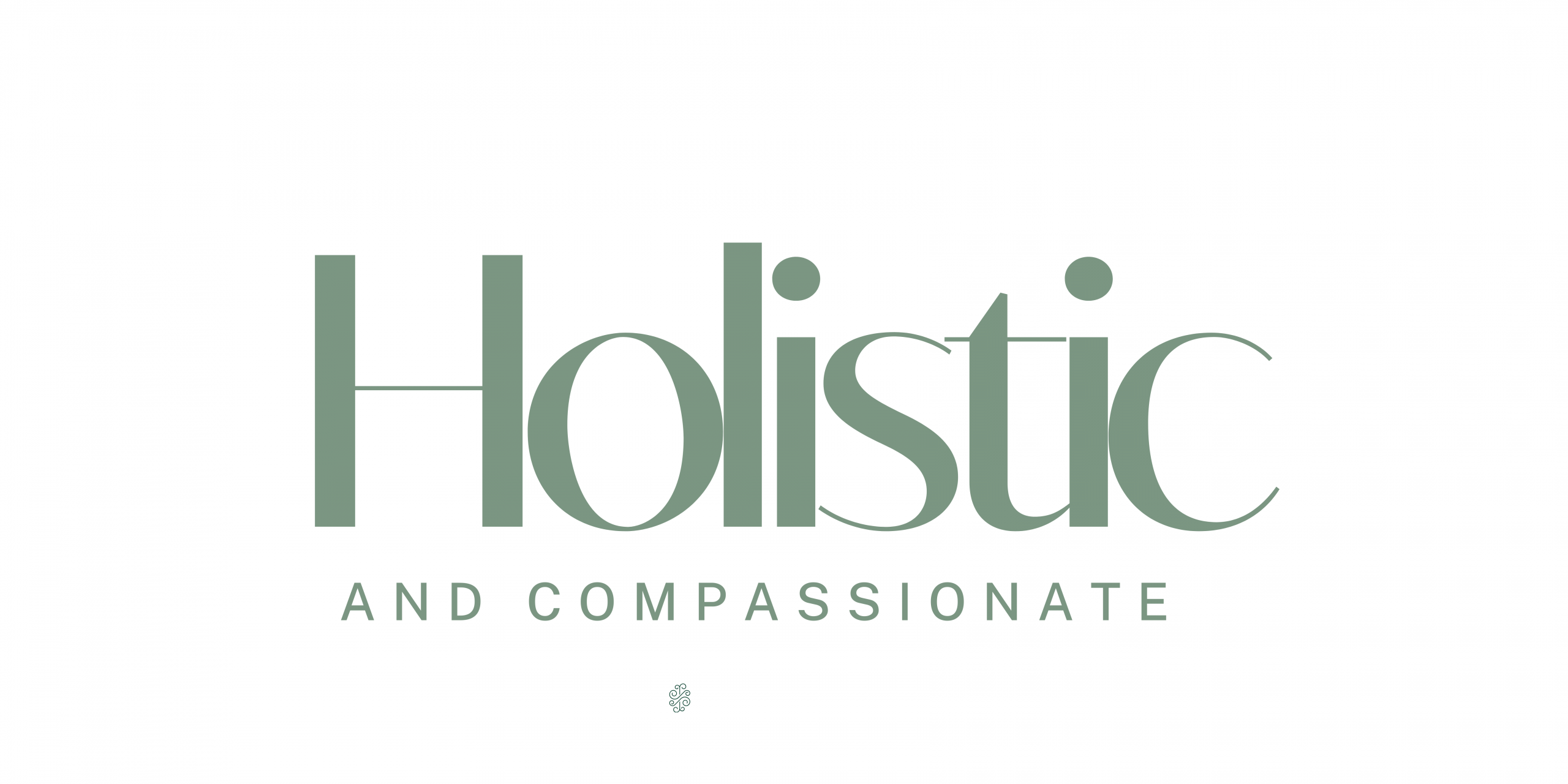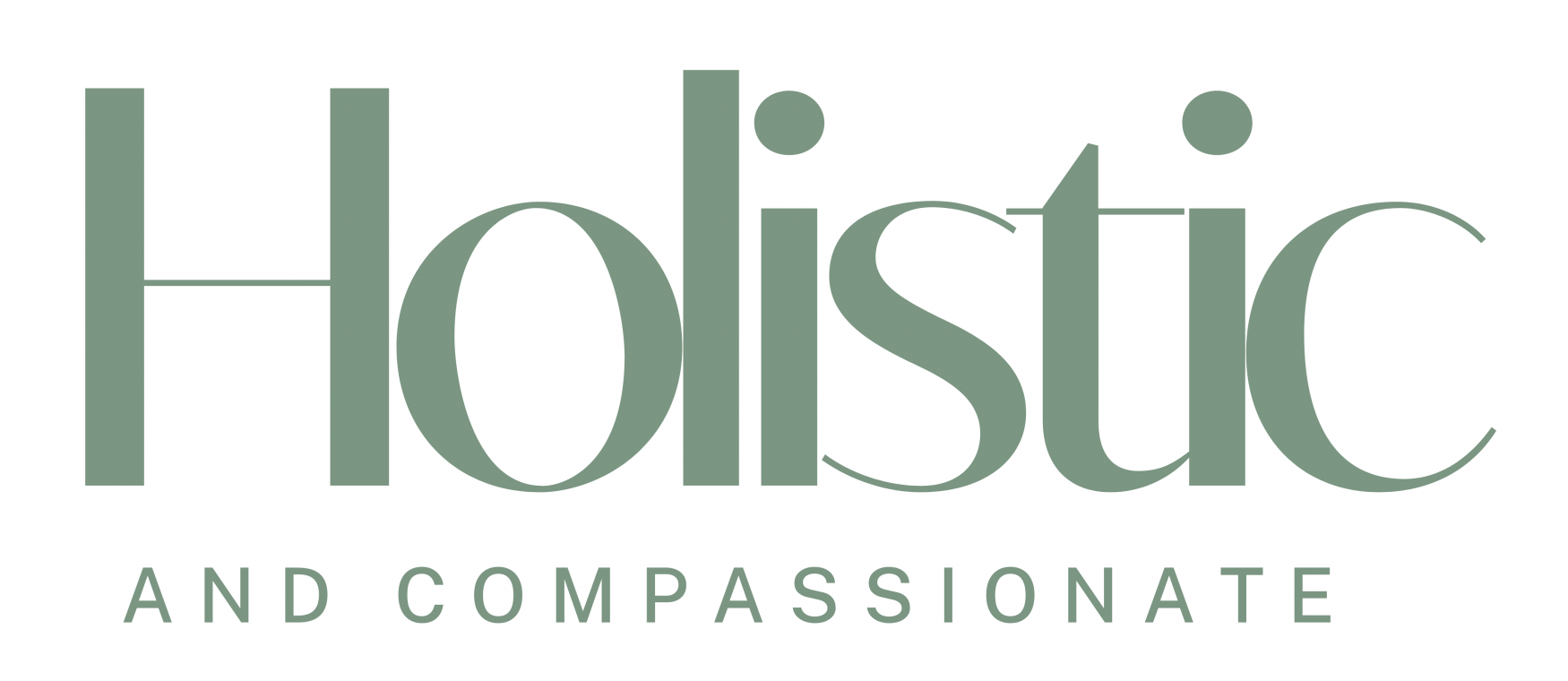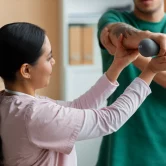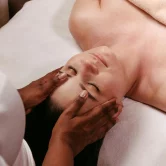Sleep Better Tonight: Reflexology for Restful Nights
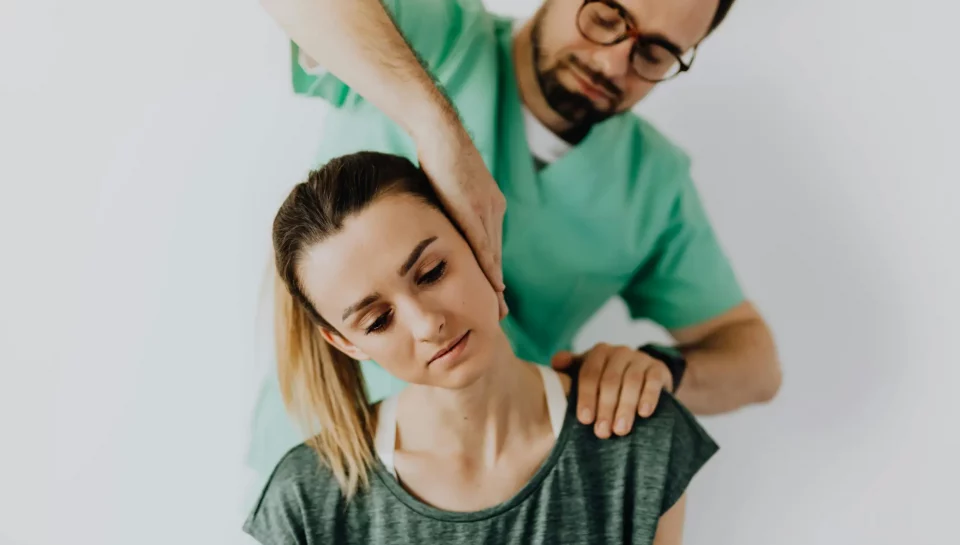
Introduction
A good night’s sleep is essential for health, energy, and emotional balance, yet for many people, restful nights are elusive. Stress, anxiety, irregular schedules, and constant exposure to screens leave the mind overstimulated and the body unable to relax. Over time, poor sleep contributes to fatigue, weakened immunity, difficulty concentrating, and mood disturbances.
While medications may provide short-term relief, they often fail to address the underlying imbalance and can create dependency. This is why many are turning to natural, holistic solutions. Reflexology, an ancient therapeutic practice based on the principle that different points on the feet correspond to specific organs and systems of the body, offers a gentle and effective way to encourage deep, restorative sleep.
The Importance of Sleep for Health
Sleep is not simply a passive state; it is a time of renewal and repair. During deep sleep, the body restores tissues, strengthens the immune system, and processes the day’s experiences. The brain consolidates memory and balances mood, while the nervous system resets itself.
When sleep is consistently disrupted, the consequences accumulate. Chronic insomnia has been linked to heart disease, diabetes, and lowered cognitive function. Emotionally, a lack of sleep fuels irritability, anxiety, and even depression. In this sense, learning how to sleep better is not a luxury but a vital component of overall health and longevity.
What Is Reflexology?
Reflexology is a therapeutic method rooted in the idea that the body is interconnected. By applying gentle pressure to specific points on the feet, hands, or ears, reflexologists stimulate corresponding organs and systems. The feet, in particular, are maps of the body, with each area reflecting a different part of our internal landscape.
When these points are activated, circulation improves, tension is released, and energy pathways are cleared. Reflexology encourages the body to return to balance, supporting natural healing and relaxation. Unlike a general foot massage, reflexology is intentional and precise, focusing on zones linked to the nervous system, endocrine system, and other areas critical for restful sleep.
How Reflexology Supports Better Sleep
Reflexology helps sleep by calming both the body and the mind. By stimulating points associated with the nervous system, it reduces overactivity in the brain and promotes a state of relaxation that makes it easier to fall asleep. Many people describe the immediate effects as a sense of heaviness in the limbs, slowed breathing, and a peaceful quiet in the mind.
The practice also regulates the endocrine system, which governs hormones such as melatonin—the natural sleep hormone. By restoring balance in this system, reflexology supports the body’s ability to follow a healthy sleep cycle. Reflexology can also ease muscle tension, soothe digestive discomfort, and reduce stress, all of which are common obstacles to restful nights.
Unlike sleeping pills, which often force the body into artificial sleep, reflexology works by gently guiding the body back to its natural rhythm. The more regularly it is practiced, the more profound and lasting the results become.
The Experience of a Reflexology Session
A reflexology session typically takes place in a calm, comfortable environment. The client sits in a reclining chair or lies on a massage table while the reflexologist applies precise pressure to different areas of the feet. The touch is firm yet soothing, and many people find the experience deeply relaxing.
During the session, sensations may vary. Some points feel tender, reflecting areas of tension or imbalance in the body, while others feel pleasant and grounding. As the session progresses, the body naturally shifts into a state of relaxation, often similar to the threshold between wakefulness and sleep. It is not uncommon for clients to drift into a nap during treatment.
After the session, many report feeling lighter, calmer, and more centered. With regular treatments, sleep patterns often improve, with fewer awakenings during the night and greater ease in falling asleep.
Integrating Reflexology into a Sleep Routine
Reflexology works best when combined with healthy bedtime habits. Creating a calm environment by reducing screen time before bed, dimming lights, and engaging in relaxing rituals prepares the body for rest. A few minutes of self-applied reflexology on the feet before sleep can also enhance the benefits of professional sessions, turning bedtime into a soothing ritual.
Even without professional guidance, simple practices such as gently massaging the arches and the base of the toes while breathing deeply can signal to the body that it is time to relax. Over time, these small steps reinforce the body’s natural ability to transition smoothly into sleep.
Conclusion
Restful sleep is the foundation of well-being, yet it is often sacrificed in the rush of modern life. Reflexology offers a gentle, holistic approach to reclaiming this essential aspect of health. By calming the nervous system, balancing hormones, and easing physical tension, it helps the body rediscover its natural rhythm of rest.
Choosing reflexology means choosing a path that honors the body’s innate wisdom. Instead of relying on artificial solutions, it encourages true balance and harmony, allowing sleep to arise naturally. If you are seeking a way to sleep better tonight and every night, reflexology may be the key to unlocking deep, restorative rest.
✨ Sleep better, restore your energy, and embrace the peace of nights filled with calm and renewal.
